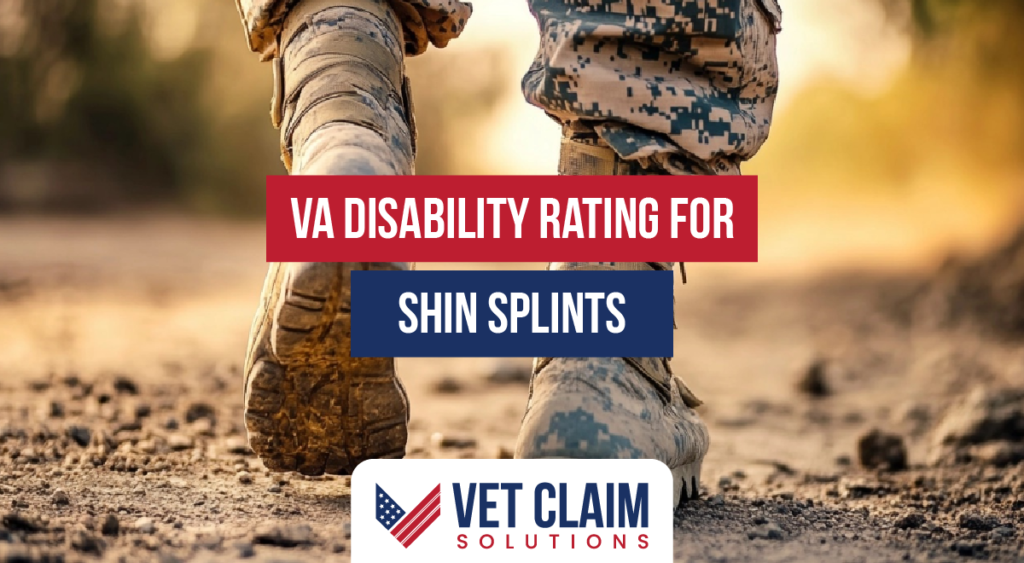Dealing with constant leg pain, but unsure if it qualifies for a VA disability rating for shin splints? Many veterans face this, questioning if their service-related pain is eligible. This extends to secondary conditions, that they don’t think apply for a VA disability rating for Shin Splints.
This guide simplifies the process, making it easy to check if your service could help you claim for VA disability compensation. Understanding the rating criteria is essential for a successful VA claim.
What Exactly Are Shin Splints?
The medical term is medial tibial stress syndrome (MTSS). Shin splints refer to a condition that causes pain and inflammation, along the inner shin bone (the tibia).
This pain stems from inflamed muscles, tendons, and bone tissue. It is described by the Cleveland Clinic, as a typical overuse injury.
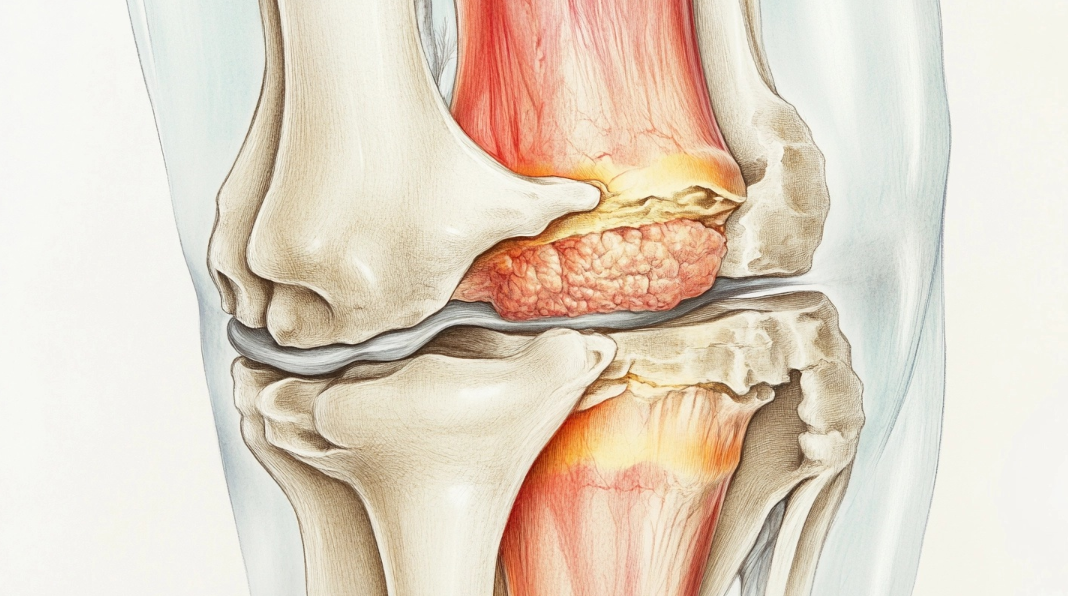
Why Veterans Get Shin Splints?
Military life is tough on the legs. Think basic training, regular drills, and activities like rucking, where you march with a heavy pack.
A study in StatPearls found that up to 35% of military recruits get MTSS. This shows how common shin splints are among service members and veterans alike.
The statistic underscores that it is a common affliction.

Connecting Shin Splints to Service for a VA Disability Rating
Did your shin splints start during active duty? Do they still bother you? If so, you may qualify for a disability rating.
The trick is proving the connection. You can get VA disability benefits by proving your service caused the problem.
Direct Service Connection
This is the most straightforward route. You’ll need medical records from your service time that document the diagnosis.
If these records show that your condition started then, you’re on the right track. Proving it can boost chances for a disability rating.
Secondary Service Connection
Sometimes, shin splints develop because of *another* service-connected problem. A knee or hip injury that changes your walk might cause it, leading to a need for shoe orthotics.
You’ll need medical proof in such a case. This shows how that original injury led to your shin splints and could qualify as a secondary service connection.
Remember, conditions like flat feet can also contribute. This creates a link for a VA disability claim.

What if my Treatment Records Are Missing?
This can feel problematic for many disability claims, not only a VA disability claim. Did your symptoms start during service but weren’t officially documented?
Consider getting “buddy statements.” These are written testimonies from fellow service members or family, which can help support your VA disability claims.
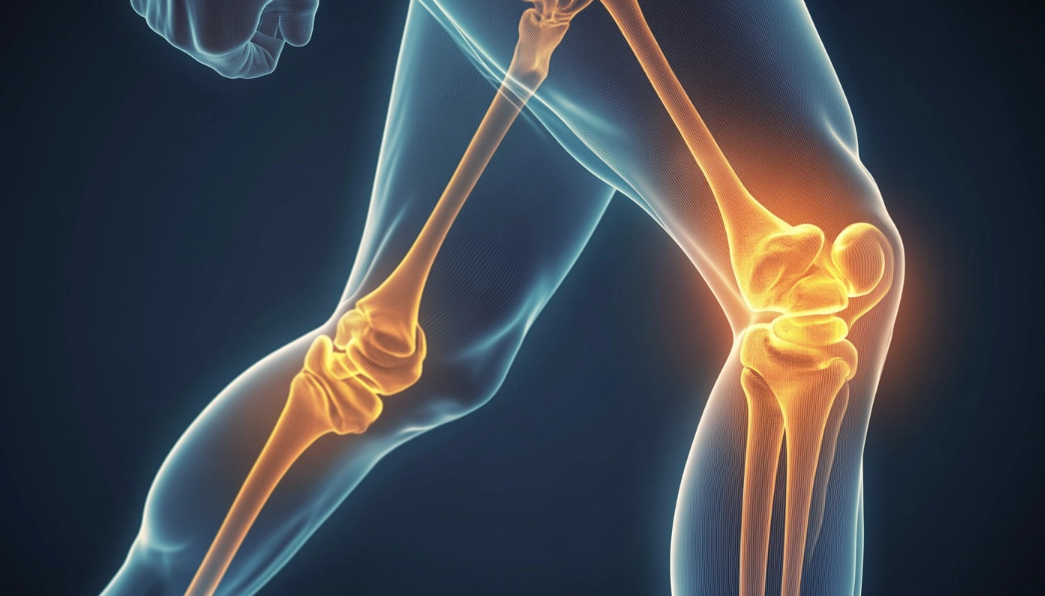
How the VA Rates Shin Splints
The VA uses a rating system. They measure the severity and shin splints impact to find out the degree of VA disability compensation.
The disability ratings vary from 0% to 30%. These depend on treatment response and how the leg condition impacts your daily life.
VA Disability Rating for Shin Splints Criteria
The VA evaluates shin splints, using diagnostic code 5262. Here’s a breakdown of how different levels of impairment are rated:
| Rating | Description |
| 0% Rating | Veterans receive non-invasive treatments. They do it for less than 12 consecutive months, on both legs, with the potential for a disability rating. A 0% percent rating does not offer monthly money. However, the condition’s ongoing medical care for shin splints opens ways for disability claims. |
| 10% Rating | Veterans do non-invasive therapies for more than 12 months. And these fail, along with shoe inserts. Then, a 10% rating could happen, regardless of the impacted leg amount. This acknowledges the need for ongoing, even if conservative, treatment. |
| 20% Rating | Your symptoms stick around even with standard care for 12 months. A rating of 20% applies even if you are just suffering with one side of your leg, highlighting the functional impairment caused by bilateral shin splints. |
| 30% Rating | If surgery and all those other treatments *still* haven’t provided relief after a full year? This rating is about life with serious impact and is the highest available for this issue. It signifies considerable limitation due to the condition. It offers more substantial VA disability compensation. |
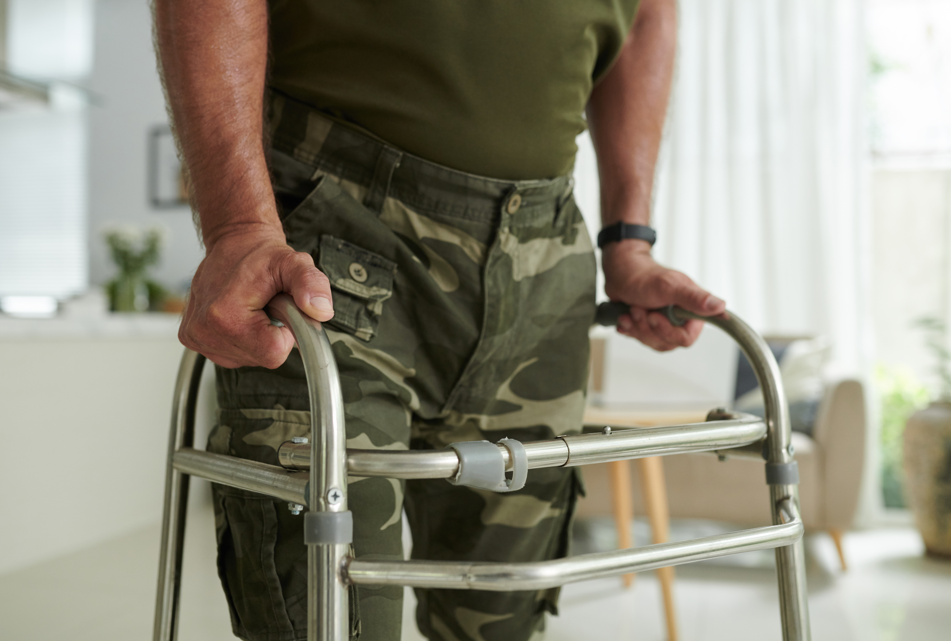
Supporting Evidence and Research
Medical studies back up the link between military service and shin splints. The 1993 article, “Medial Tibial Stress Syndrome in Military Recruits,” says 60% to 70% of recruits had injuries.
The bulk are over-use of legs and feet. Physical demands and regular exercise, especially with improper footwear or a heavy backpack, contribute to this.
Another study published in 2015, “Studying the Relation Between Medial Tibial Stress Syndrome…”, looked at things like vitamin D deficiency. These deficiencies could relate to stress fractures.
Factors Contributing to Shin Splints
| Factor | Description |
| Improper Footwear | Shoes that do not provide adequate support can increase the risk. |
| Abnormal Foot Mechanics | Issues like flat feet or overpronation can contribute. |
| Heavy Backpack | Common in military training, adds extra stress on the legs. |
| Rapidly Increasing Activity | Sudden increase in training intensity can lead to shin splints. |
| Poor Conditioning | Lack of proper conditioning before intense activity is a risk factor. |
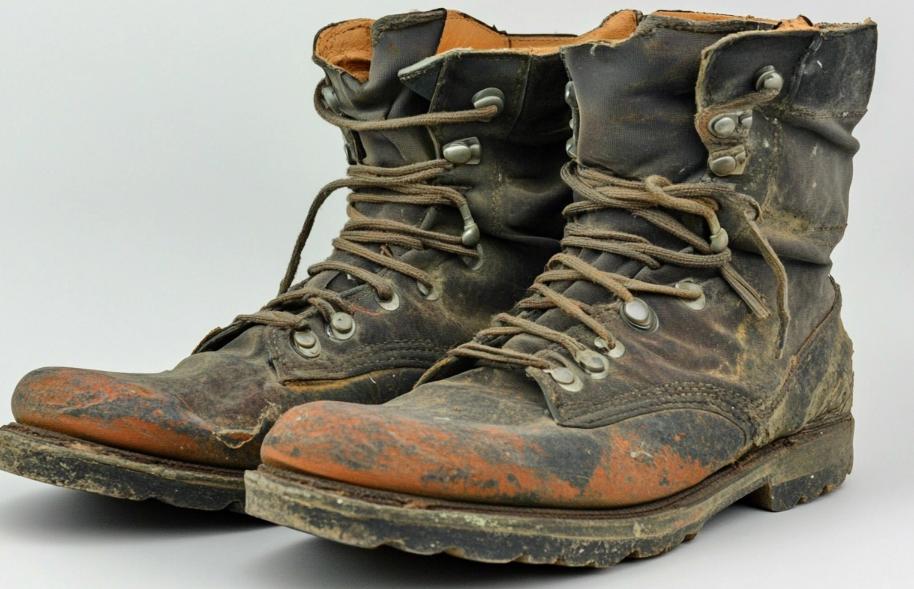
Steps to File Your Claim
First, submit an intent to file form. You should organize medical evidence linking your condition to service.
This can include:
- Doctor’s diagnoses
- Official notes
- Buddy statements
You then need to submit a formal application. Use VA channels and stay patient while “menunggu,” (translation: waiting), knowing review cycles.
Possible C&P Exam
You might be asked to undergo a Compensation & Pension (C&P) exam.
Make sure to attend any doctor appointments. Fully describing any issues with mobility.
Remember that even a seemingly minor condition can have long-term effects.
Total Disability based on Individual Unemployability (TDIU)
Can not work due to a disability rating that keeps worsening?
You can get to 100% VA rating, even if combined issues are not 100%. You have two or service linked issues at least ranked at 40%?
Then you may get Total Disability with individual rating under 100. This is especially relevant if your shin splints impact your ability to maintain employment.
Could Shin Splints be Secondary?
There can be situations where, even though lower, you may want to increase your disability rating. You may be able to get additional medical issues added to your overall VA disability.
These might be:
- Flat feet or high arches
- Plantar fasciitis
- Joint problems
- Obesity
- Arthritis
These could be aggravated by, or contribute to, your shin splints. This emphasizes the importance of considering all related conditions in your VA claim.
Shin Splints Causing OTHER Problems
Severe, unhealed shin splints could also cause further issues. This might include stress fractures or other leg and foot problems.
It’s crucial to document these for a comprehensive VA disability claim. If not treated, they can turn a minor issue into a significant leg condition.
Conclusion
Dealing with the aftermath of military service, especially concerning health, is difficult. But with the right approach, you can get the proper VA disability rating for shin splints.
Whether through a direct service connection, understanding the criteria, or seeking support when necessary helps secure due disability benefits. Veterans exploring a VA Disability Rating for Shin Splints can find the guidance and support you need with the right information and resources.


